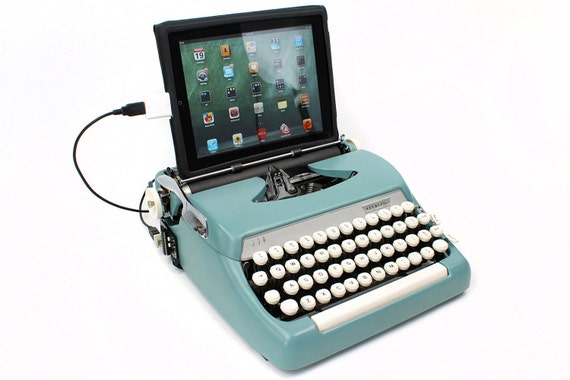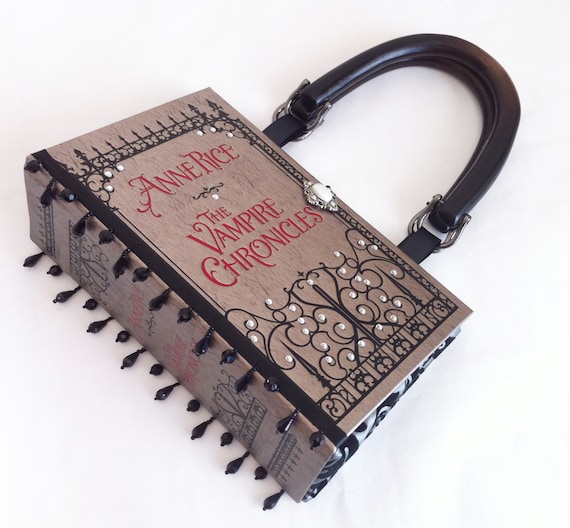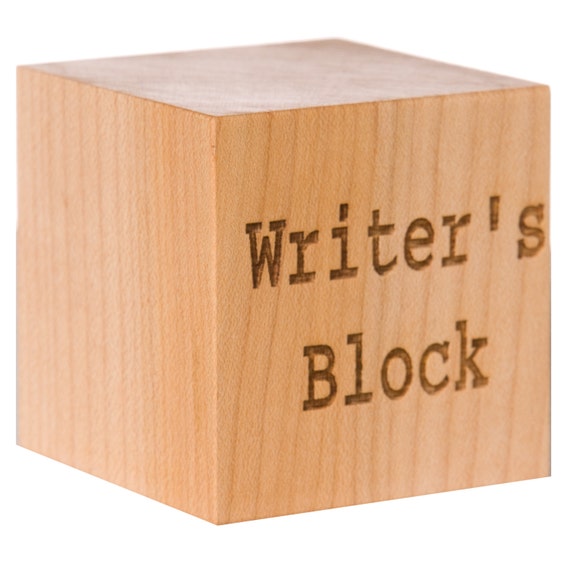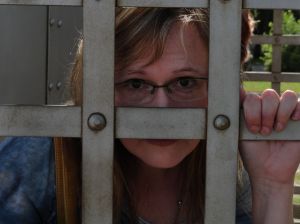Artists are creative, but they’ve got to work it. The creative part of the brain needs challenge. Painters should take pottery classes. Potters should make jewelry. Jewelers should take yoga.
Writers should abandon their notebooks and live the craziness they put on paper. Sure, people will say things like, “that’s not safe,” “can you get in trouble for that?”, “what if it’s not funny?” and “jeez, Shelley, aren’t you embarrassed?”
When you hear those statements, you know you’re properly challenging your brain. As a teen writer, I challenged my brain once or twice or 3,000 times. And a brain-challenger is how I met 1980s acting hunk Emilio Estevez, who’s still acting, writing and directing.
Let’s tell this story journalism style with our friends, the inverted pyramid and the objective viewpoint. Otherwise, I’d go creative nonfiction and make myself look like a whiz kid, which I was, but nobody likes a bragger.

A very old-school press pass creator.
_______________________________________________________________________________________
Teens crash their crush
MINNEAPOLIS–Five teenage girls with forged press passes crashed a Twin Cities movie set to meet their favorite heartthrob, actor Emilio Estevez.
The girls, ages 13 to 15, learned Estevez was filming a scene at a metro hospital for his upcoming movie, That Was Then, This Is Now. Estevez adapted the S.E. Hinton novel for the film’s script.
“We’re used to fans spotting Emilio when he’s socializing, but fans rarely crash a set, even when it’s accessible like a hospital. We thought we had this lobby shut down,” said director Probably-Now-Shooting-Toilet-Paper-Commericals.
The girls, all from River Falls, Wis., left school early and convinced an uncle to drive them to Minneapolis. He left them near the hospital, where they wandered until they found the lobby with the actors and crew.
Each girl was carrying a forged press pass claiming they worked for the River Falls Journal. The press passes consisted of an index card pasted with their school portraits. The passes contained this line: The Press Pass entitles the reporter to access any scene for news coverage.
“These were not exactly professional documents. Did they think I was born yesterday?” said producer Born-Not-Yesterday-But-Three-Days-Before-Yesterday.
In an interview after the episode, Estevez provided the following account:
The girls appeared to be hiding behind plants in the lobby’s entrance. When Estevez waved, they used the moment and rushed to his side. None of them spoke.
“I thought they were from a school for deaf children,” Estevez said. “That’s why I didn’t call security immediately.”
Finally, one girl began speaking. Estevez said, “She told me they’ve watched The Outsiders on VHS at least 30 times, including once in the rewind mode, just to see what it looked like playing fast and backwards,” Estevez said. “They also kept telling me how short I am, which, honestly, I already knew.”
He gave each girl an autograph and agreed to some pictures. One of the girls, who went by the name Shelley, refused to leave his side. In dozens of pictures, this Shelley person is seen almost glued to Estevez, apparently refusing to let her friends switch spots with her.
Estevez then retreated to the bathroom. When he opened the door a few minutes later, the girls were standing in a sort of barricade.
“Going to the bathroom usually signals fans to move along. But not them. Now they wanted hugs. I didn’t have a choice. I was trapped next to the bathroom. There were five of them and one me and, like I said, I’m really short,” Estevez said. “When I escape in my movies, that’s a stunt double.”
After multiple hugs, the girls left. They were either late for meeting their driver, or they’d finally picked up on the subtle cues that it was time to leave.
“I was about to toss them out,” said security officer Too-Stupid-For-Words. “Thankfully, left peacefully and no SWAT team was needed.”
__________________________________________________________________________________________
And that’s how Emilio’s DNA remained in my closet for years. Those wonderful hugs left splotches of makeup on my “professional reporter shirt.” (Please, don’t ruin the memory with quips about Bill Clinton and Monica Lewinski‘s dress.)
I know I didn’t give the shirt to a thrift store. They probably would have tossed it because of the make-up stain.
Honestly, I’m not sure what happened to the shirt. Maybe Mom threw it away. Maybe my accomplice-sister stole it. I like to think I took it to a bonfire, cherished the memory and then tossed the shirt into the fire, letting go of the past. Letting go of Emilio and freeing myself to love another, like Matt Dillon or Tom Cruise.


















